The following op-ed appeared in the Seattle Times and was published earlier in August.
By Sen. Ann Rivers, Sen. Shelly Short, and Rep. Luanne Van Werven
Special to The Times
Imagine living in a state where the sea is overflowing with salmon, ensuring there are more than enough fish and wildlife to survive and thrive in the Northwest.
A state where salmon reproduction is self-sustaining to such a level that it grows the economy, protects taxpayers and revitalizes the environment.
We visited that state recently. It’s our neighbor to the north, Alaska.
In the early 1970s, salmon runs in Alaska were very low, jeopardizing the state’s commercial and recreational fishing industries. Leaders did an in-depth look at what worked and what did not work in Canada, Oregon and Washington. One of the strategies they adopted was to create salmon-enhancement projects. The most successful of those launched numerous nonprofit fish hatcheries, built through a public-private partnership with $100 million in no-interest public loans.
We toured one of those hatcheries — the DIPAC hatchery in Juneau, which produces 137 million fish every year. What we saw painted a picture of possibilities that could exist for Washington.
The survival rate of salmon to adulthood in Alaska — of both native and hatchery fish — is 1 to 10% depending on the year. Assuming a conservative 1% survival means 1.37 million DIPAC salmon return to their homes. The DIPAC hatchery covers all operating costs by selling 30% of each year’s returning fish. That means the remainder — a whopping 950,000 fish — are available annually for commercial, sport and tribal uses. They also are available to killer whales, eagles, bears and all salmon-consuming denizens of Alaska. Those are extra salmon available on top of the natural populations, and this isn’t the only such hatchery.
Those numbers got our attention, as did the fact that Alaska taxpayers haven’t paid for this hatchery since the startup loans were paid off several years ago. There are 29 hatcheries in Alaska. One is tribal. One is federal. Only two are state-run. Twenty-five of the 29 are these incredibly successful nonprofit operations.
Another impressive achievement of the Alaska model: They strive to augment wild stocks — not compete with them. Scientific assessments are made to find freshwater streams pouring into saltwater that do not have native salmon populations. Remote plants are made at these locations. This ensures that these hatchery fish do not compete with native salmon streams.
The DIPAC hatchery has excellent relations with its Native American neighbors and functions as an outstanding learning center for visiting school kids and surrounding communities. It also serves as a center of tourism in town and generates tax dollars for the public good from visiting tourists from around the world.
A recent Times Op-Ed [“Restoring salmon runs, not politics, will save southern resident killer whales,” July 16, Opinion] criticized hatchery fish as an unsatisfactory food source for orcas and recommended changes be made in other areas. We think that the state, tribes and all who fish can work on this project to take the pressure off the wild stocks that might be favored by orcas.
While we don’t anticipate that Alaska’s hatchery model can be replicated quickly in Washington, we saw that it can be done. This is why we recommend a pilot project to be developed by our state Legislature. Nearly 50 years of sustainable excellence in Alaska shows us how to make nonprofit hatcheries work for Washington.
Government is capable of doing big things when properly motivated and effectively led, and Washington’s private sector certainly has a solid track record when it comes to innovation and production. If the core problem is a lack of fish — well, Alaska did something about that, and so can we, not only for the benefit of the orcas but all others who rely on a robust salmon fishery. Let’s start by learning from our friends to the north.










